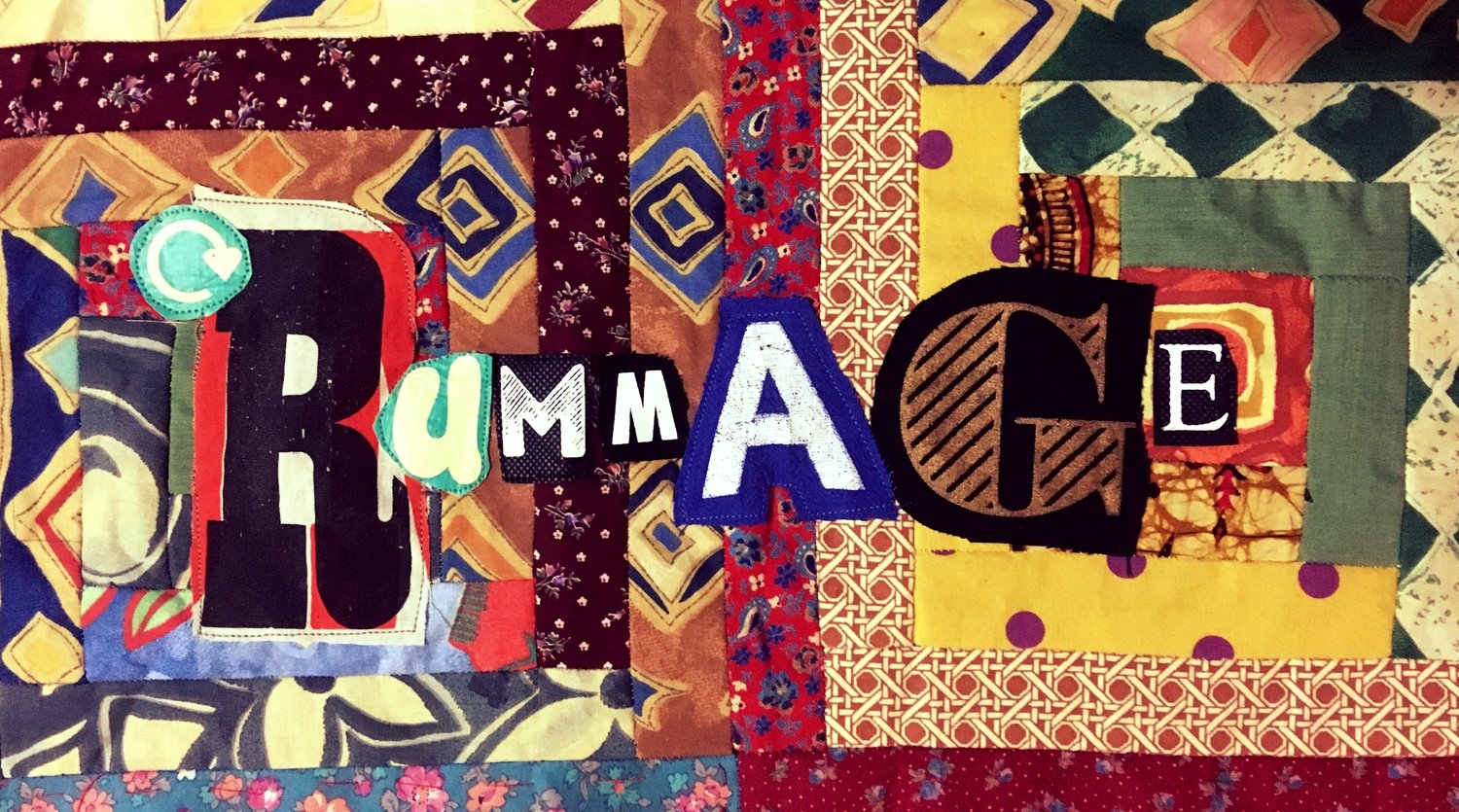Judging a Book by its Covers
Reused Dust Jackets from the 1940s
Publishers were compelled to marshal their paper supplies carefully during the Second World War, when there were several shortages. Some publishers, not wanting to dispense with dust jackets, reused old, unused jackets from their back catalogue. Dust jackets were said to be necessary for the protection of the cloth coverings of hardback books during transportation. Jackets also provided a space for notices and advertisements about other books. I possess a small collection of books, published during the war, which have re-used jackets.
This copy of Gladys Scott Thomson’s Letters of a Grandmother 1732-1735 (Jonathan Cape, 1943) comes with a dust jacket printed on the reverse of one originally intended for a biography of Sir Grafton Elliot Smith by Warren Dawson (1938).
I rather like the way the eminent Egyptologist, Sir Grafton Elliot Smith, seems by his posture in the photograph adorning the discarded cover of the biography to signal his posthumous displeasure that he should thus be used and cropped. The biography had been published the year after his death.
This was the first such example I obtained. Its title lends it special significance. My own book, Rummage, is partly inspired by communications from my own grandmother, Evelyn Bradbury. I didn’t buy the book because I knew it had a reused cover, but rather because it was useful to my work as an historian, it being a valuable primary source, edited and printed. Only by accident did I discover the secret jacket inside. According to email correspondence in 2007 with John Newland of Cotswold Internet Books, another copy of Letters of a Grandmother 1732-1735 was wrapped in reused jackets from Princess Marta Bibescu’s Lord Thomson of Cardington (1932).
Other books published by Jonathan Cape also reused dust jackets, including A.P. Wavell’s Other Men’s Flowers (1944), which wears the spartan jacket of Essex Brooke’s Vagabond Flag (1933). The inside flap of the 1944 edition addresses readers beyond Britain, with an advert for the BBC. Being able to communicate with foreign countries was another reason to pursue dust jacketing during the war, despite the paper shortages.
According to a catalogue of dust jackets produced by the bookseller Bertram Rota (Catalogue 306, No. 140: https://bit.ly/32rJ9vo), Arthur Ransome’s The Picts and the Martyrs (Jonathan Cape, 1944) reused some jackets originally intended for J. Y. T. Grieg’s David Hume (1934) and some from Alfred Duff Cooper’s The Second World War: First Phase (1939), and probably other books too.
A book about Father Bernard Clements published by Bodley Head reused the jacket from Cortland Fitzsimmons’ Mystery at Hidden Harbour (John Lane, The Bodley Head, 1938). Note here that the newer wrapping is – as usual in such cases – much plainer and less colourful than the original. That is part of the delight in finding them: sometimes it’s like discovering a golden ticket, or the sumptuous lining to a drab garment.
MacArthur on War, edited by Frank C. Waldrop and published by John Lane in 1943, reused jackets printed for Marjorie Bowen’s Mary Queen of Scots (1934). Both sides of the jacket are spartan, perhaps reflecting some economizing during the difficult years in the 1930s.
Oxford University Press often opted for very simple wrappers. This wartime edition of The Satires of Jonathan Swift reused The Oxford Poets. A Book of Light Verse. A note on the inside flap reads: ‘An Economy Jacket. Please disregard the printed matter on the inside of this wrapper.’
Duckworth published Sonnets and Verse. The Collected Poems of H. Belloc (1944) in a very plain jacket using the reverse of John Galsworthy’s The Winter Garden (1935), which had been ‘CANCELLED’.
A. & C. Black shrank a brightly coloured jacket designed for L. Edna Walter’s Mother Goose’s Nursery Rhymes (1920s) in order to clad Owls Castle Farm by Primrose Cumming in a more muted cover in 1943.
Small publishing companies also reused dust jackets. The Harborough Publishing Company, with the Drysdale Press in Leicester, printed the jacket for The Beginner’s Guide to Flying (1947) on the reverse of a cover designed for Bird Flight for Bird Lovers (1944), using a similar colour palette. These publication dates suggest that the press only had to resort to reuse at the end of the conflict. Observe how on these jackets the publisher has used some space to advertise magazines.
Both books were by the same author, Jack Parham, who obviously took an interest in all things airborne. In 1938 the engine of his Aeronca C-2 appears to have exploded while he was flying over the South coast. Once safely down, he converted the plane into a glider and sold it to Dorset Gliding Club (https://bit.ly/2GiMSC1). An officer in the Royal Artillery, he was a pioneer of aerial reconnaissance and flew missions during the war.
After 1945 publishers still reused paper for dust jackets – often requisitioning wartime maps that were no longer needed. That will be the subject of a future post.
















